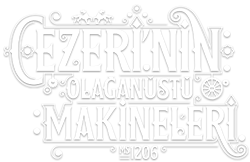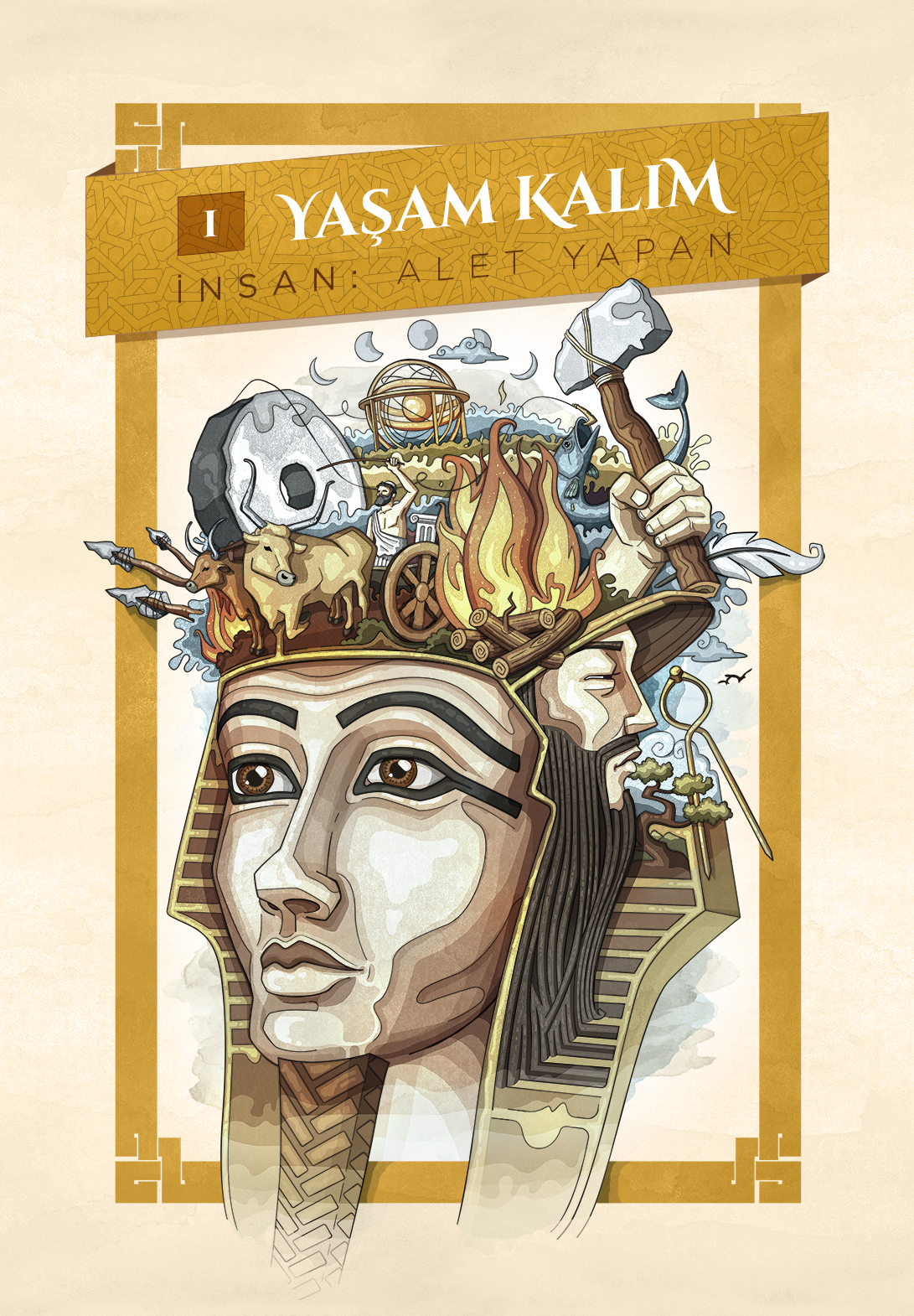Human: Toolmaker
We were physically the weakest creatures in nature. We weren’t able to fly like birds, to swim like dolphins, we didn’t have powerful claws like lions, we couldn’t run like impalas, or we couldn’t climb like apes. Against the countless challenges of the world, we were vulnerable strangers. Therefore, we built our own home, in another word, the world as we know today. Using our own hands, and our own tools…
One of the greatest skills of mankind is the ability to craft tools. We used this ability first to defend ourselves, to hunt, and to find shelters. Thus, mechanics was born as a byproduct of the survival efforts of mankind since the earliest times.
The story of mechanics that began with the discovery of fire, first stone tools, and invention of the wheel became an inherent part of daily life in ancient civilizations, including the scientific knowledge of the time. In addition to the Egyptian and Chinese civilizations, ancient Greek, Rome, and early Islam civilizations were also among the ones that inspired both Jazari and his time.
Power Source of Civilization: Fire

Fire is a natural element that made itself known for around four hundred million years, shaping the world of living creatures. It’s neither merciful, nor merciless. It’s just a part of the natural flow. Or it was… Until the arrival of mankind…
Mankind came to know fire thousands of years ago. Of course, we quickly realized its core nature that emanates heat and light. However, what mattered to human was the question how to control this force, which was made possible when we discovered the wood could spark a fire when rubbed, or when a special material called flint stone was used.
The use of fire deeply affects the ways of human life. It was fire that protected us from nocturnal predators, as it was what kept us alive through the last glacial age twenty thousand years ago. Again, while it took hours to eat raw meat, thanks to the cooking process, fire shortened it to minutes. When mankind chose permanent settlement as a way of life, fire was used for many other purposes beyond cooking food. For instance, ten thousand years ago, it was discovered that earthenware proved to be more durable when cooked with fire. And the most important turning point of mankind was when we learned it was possible to melt and shape metals like copper and iron when fire was used at extremely high temperatures.
This ability to shape some molten metal enabled man to create tools that couldn’t even be imagined before. Thus, civilizations could rise to the wars from daily lives, all thanks to the innovations that came with fire. Just like the ways of world have changed a thousand years ago with the arrival of gunpowder and firearms, the ability of shaping and using metal through fire has changed the history of mankind as well.
The Invention that Turned Earth into a World: Wheels
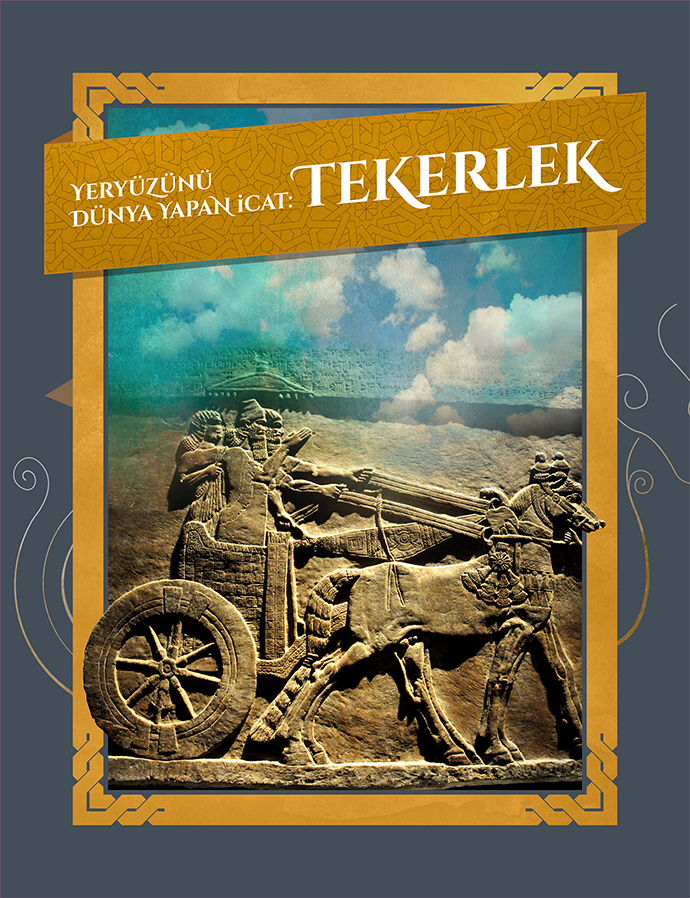
With its forests, seas, mountains, lakes, and plains, the Planet Earth hosts for countless creatures. However, humans have to build their own homes. World is our home that was built after countless interventions, manipulations, and modifications. Roads are the most important element that turns this planet into a world. Roads are a network, and with it, we meet each other, trade, exchange knowledge, technology, and culture. Our safety also depends on this network. We defend ourselves, and fight each other with it. Roads create the world, and they are rooted to a simple invention that came around 3500 B.C. Wheels!
We see the first seeds of this idea of a wheel in rotating clay molds that were developed to make pottery production easier around 7,000 years ago. In around 3500 B.C., this invention was transformed into a wheel in Sumerian city Ur in Mesopotamia. These first wheels that were made of clay or stone became the wooden wheels in a few centuries, and then the carts were built. With its most primitive form, a cart was made of two or four wheels with one or two axis, and it was pulled by strong and large animals like horses or oxen.
With the arrival of carts, it was possible to carry very heavy loads, and to travel for long distances. First of all, it helped to improve the commerce, and thousands of kilometer long commerce networks were created beginning in 3000’s B.C. The civilizations that controlled large territories from a centralized government like Assyrians, Persians, Egyptians, the Chinese, and Romans, built roads that carts could move easily and harmlessly. Again, in Islamic civilizations it was also emphasized on building roads.
The invention of wheels, in much later times, was also seen the source of the invention of gears. Just like the devices Jazari created, the mechanisms that were based on wheels or gears, probably took their inspiration from the watermill that came as another variation of wheels in 5th Century. The ideas like raising water to high grounds, using the buoyancy principle, creating clock mechanisms with gears were among hot topics for Muslim scientists. Again, these principles are the roots of hiyal tradition that started with Banu Musa Brothers and continued with Jazari.
Why don’t Animals have Their Wheels?
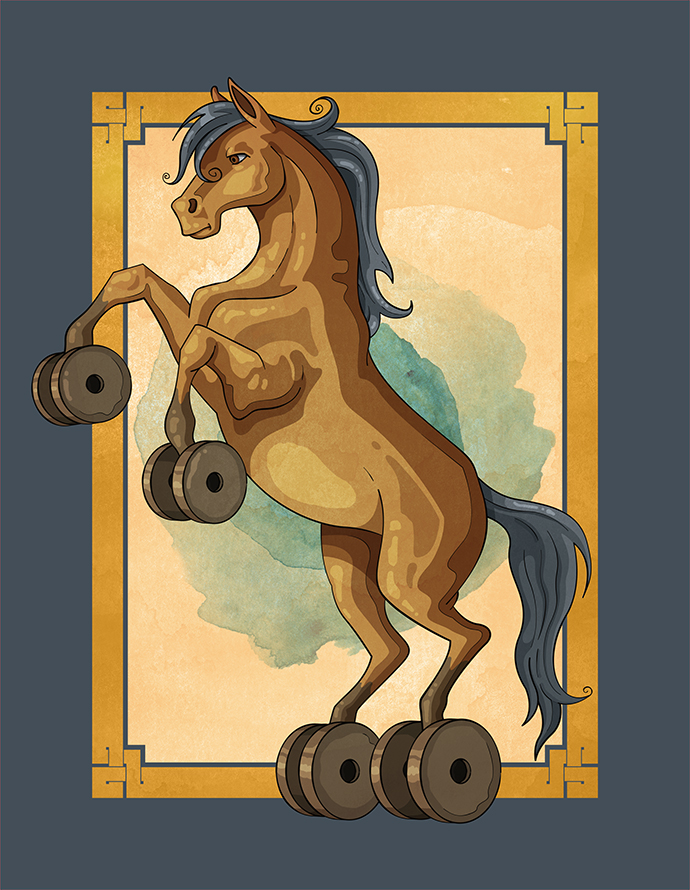
It’s because the wheels belong to the world, not the earth.
If animals had their wheels, they wouldn’t be able to adjust to their habitats. Wheels don’t do any good in air, up in the trees, on rocky terrains, mountains, or in deserts. It means nothing in nature. It’s meaningful in the upper realm that is called world, built by mankind on the nature. With the wheels, a network of roads came along, and the world rose from earth. Wheels are one of the most important tools that made our world.
Ancient Chinese Mechanics: Far Roots of a Changing World
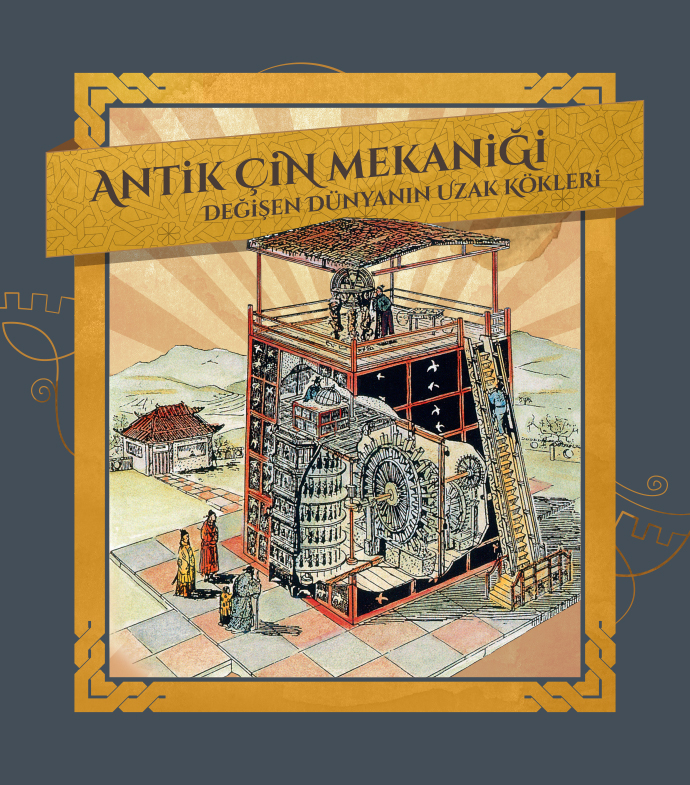
ÇThe Chinese were the master artisans of ancient times, and inventors of many techniques we still use today. The four great inventions of the modern civilization – printing press, compass, gunpowder, and paper – were invented by the Chinese. Silk, mechanical clock, iron and steel casting, porcelain, and many other tools, devices, or techniques were used first by the Chinese. They made automatic hammering mechanisms powered by water at an early age as far back to 3rd Century B.C. With their sophisticated spinning and weaving looms, they provided the highest quality samples of fabric production. In militaristic arena, they came up with highly complicated devices and machines like crossbows, fire throwers, and catapults; they were also the ones to create first firearms and rockets. From hot air balloons to pedaled boats, armored ships, windmills, seismographs, and water clocks, many tools, devices, and machines were invented by the Chinese first.
Ancient Egyptian Mechanics
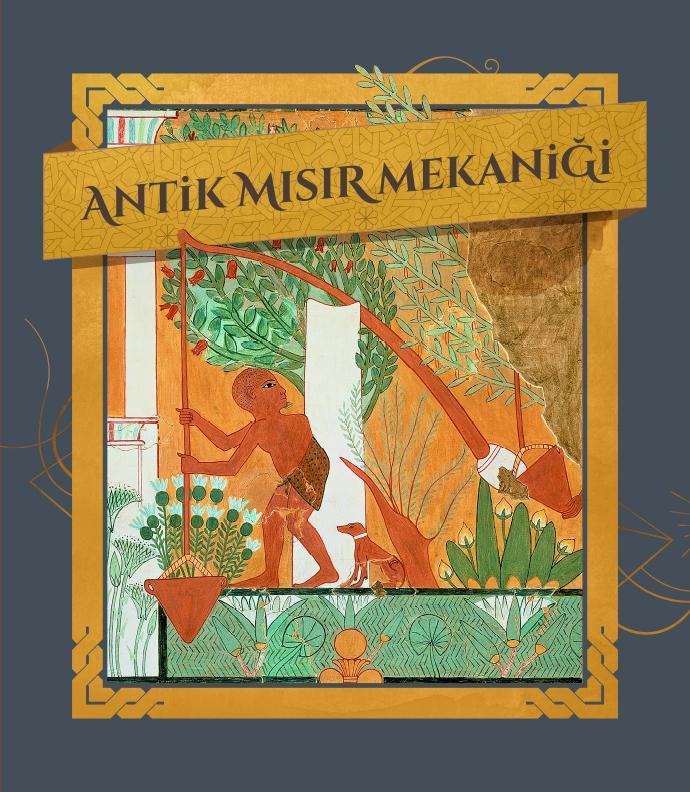
When they built their pyramids and temples as the greatest architectural structures of ancient times, Egyptians used the mechanicals principles with an incredible efficiency. Leverages, inclined ramps, and pulleys were their favorite tools. They were able to carry the stone building blocks that weighted from 2.5 to 80 tons to the construction sites, and lift them to higher levels. Using picks and adzes made of hard metals, they could cut huge granite or limestone blocks from the quarries, move them to the sliders over the cylinders, and carry them to the pyramid construction sites at far distances. In a famous hieroglyph, the governor of Upper Egypt, Djehutihotep’s (1900 B.C.) sitting sculpture, which rose 7 meter high and weighed 60 tons, was depicted as being pulled by 170 construction workers.
According to the Egyptian belief, the pyramids and burial chambers were where the pharaohs and monks would be back to life after death. In addition to the highly sophisticated mechanical security systems they built to protect these sacred places against the robbers, the Egyptians could make the sculptures of their deities talk with divine sounding voices. These sculptures were able to talk through a trumpet system that was extended from the mouth of the deity’s mouth to the floor, which was used by a monk hidden under the floor.
Ancient Greek-Roman Mechanics
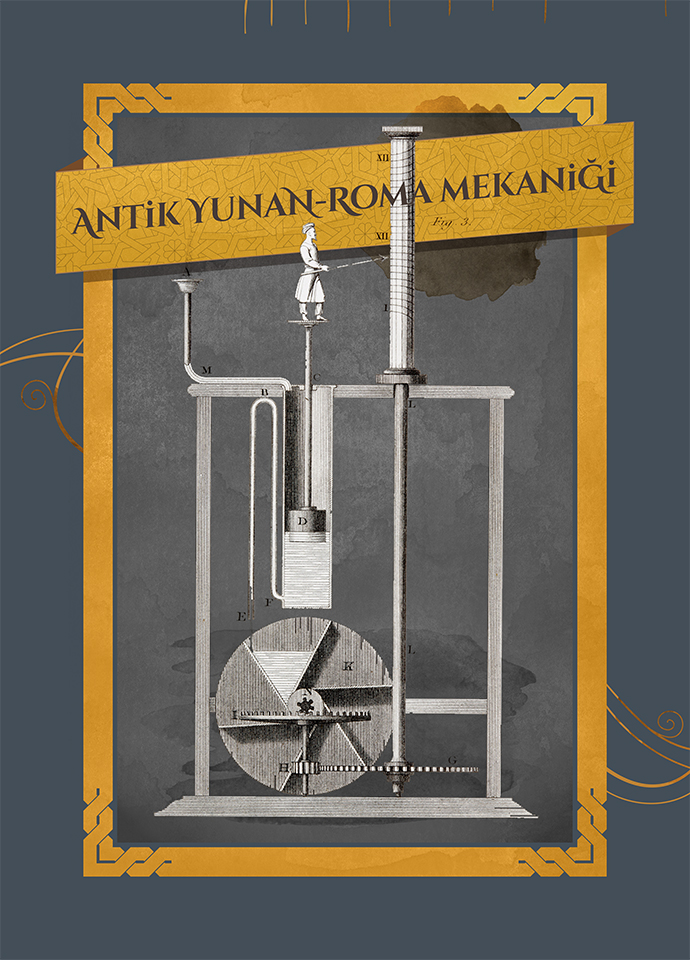
In the ancient Greek mythology, the blacksmith deity Hephaestos was the god of artisans, and he was believed to build various automatic machines – moving boilers, automatic blacksmith bellows, mechanic servants made of gold… According to a story, Daidalos, the most famous inventor of the Greek culture was able to build moving sculptures, and he escaped from the prison he was held using a pair of mechanical wings. One of the most prominent engineers of ancient times was the founder of Alexandria School of Mechanics, Ktesibios. The most important contribution of Ktesibios, who was a master on automatic mechanisms, musical instruments, water clocks, water pumps, and war machines, was the invention and use of pneumatic technique in mechanical systems.
Also Philon of Byzantine was also one of the most prominent engineers of ancient times, and he wrote lots of texts about militaristic engineering, mechanics, pneumatics, automats, and architectural constructions. He is the first engineer known in the ancient history who designed machines based on mathematical principles.
Heron of Alexandria was a mathematician and engineer that lived in Alexandria under the Roman rule. He taught at Museum of Alexandria, and wrote many important texts on mechanics, optics, pneumatics, and surface measurements. He made the first steam machine named Aeolipile, and invented mechanic theaters, automatic religious or decorative relics, and war machines. With these texts he penned with a plain language, Heron helped mechanic science to be known by many more people in his field.
Early Islamic Mechanics
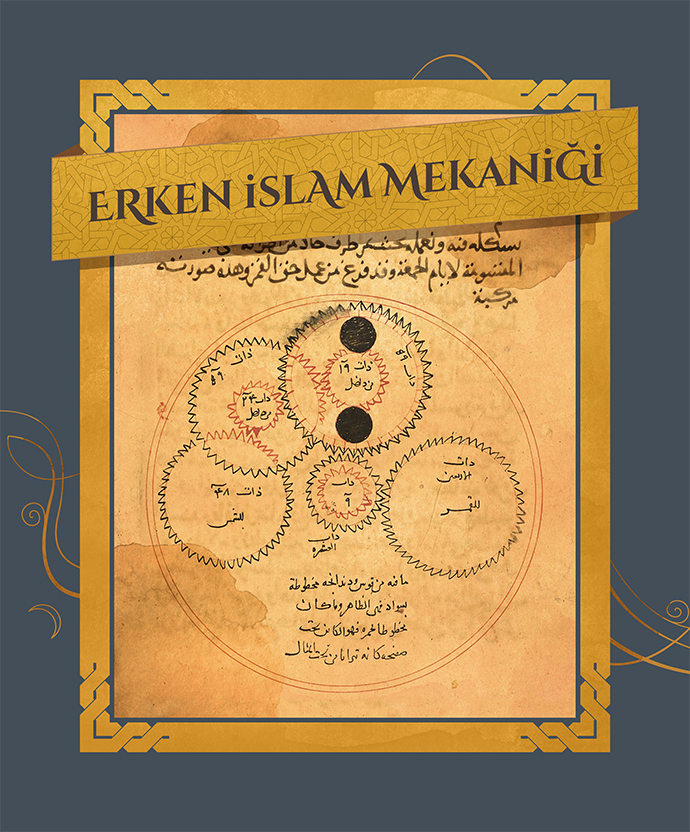
Muslim engineers always mentioned his ancient Greek counterparts, just like Archimedes, Philon, and Heron, with deep respect, and translated almost all of their works to Arabic.
Thanks to this ancient knowledge, many prominent Muslim engineers came to pass before the time of Jazari.
Mohammad, Ahmed, and Hassan – three scientist brothers who were shortly known as Banu Musa (sons of Moses) – wrote the first book of mechanics known in Islamic civilization. In this text titled Kitab al-Hiyal (Book of Mechanics), they told about mesmerizing mechanisms, moving figurines, magical cups, clocks, and automats, which they described as fine technology. Another prominent name in Islamic engineering, Alī Ibn Khalaf al-Murādī of Andalusia wrote one of the most important books on mechanics of his time, in 11th Century: Kitāb al-asrār fī natā'ij al-afkār (The Book of Secrets in the Results of Ideas). Explaining lots of mechanical mechanisms from water and astronomy clocks to automats, and to water gears, al-Murādī was able to use large gears that had 72 cm of diameters, and transferred not only the movement, but also the force by the use of gears.
Fahruddin Ridwan ibn Rustem al-Khorasanī al-Saatī was an engineer who lived in Damascus around the same period with Jazari in early 13th Century. Al-Saatī became famous as a clock maker, learning his trade from his father Mohammad al-Saatī. He repaired the water clock made by his father for Aleppo Atabeg Nur ad-Dīn ibn Zenghī, which was placed over the gates of Umayyad Mosque. He described this repair in his book Kitab al-ilm al-saat al-amal bīha that he wrote in 1206.
The Cart Pointing at the South
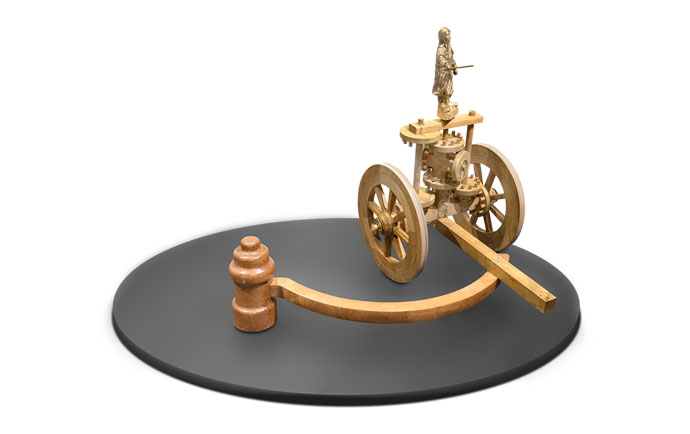
One of the most interesting inventions by the Chinese was the Cart Pointing at the South. According to the legend, a fog falls during a battle Yellow Emperor leads in 2697-2599 B.C. The fog continues for days, and puts the army in trouble. The Emperor orders for the invention of the Cart Pointing at the South, and determining the position of enemy army, he wins the battle. According to the official historical records, though, the first person to create such a cart was the Chinese engineer Ma Jun, who lived in 200-265 B.C. In contrary to the general belief, this cart doesn’t work with the magnetic principle, and it’s not a compass. A figurine that originally shows the south is placed in the cart that works with a differential gear system. Thanks to this system, whatever direction the cart turns, figurine always points at the south.
Egyptian Water Clock Replica
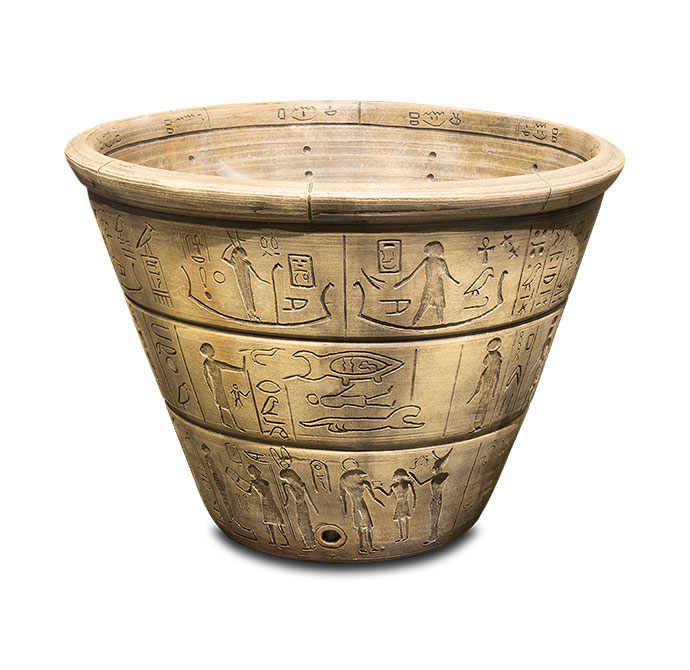
Water clocks are among the oldest time pieces used to measure the flow of time. These bowl shaped clocks named as klepsidra are believed to be created in ancient Egypt, and were in use by Mediterranean cultures since 16th Century B.C. Also, according to the archeological records, we see similar bowl shaped water clocks were used by ancient Indian and Chinese civilizations. Klepsidra, as a word, comes from the words “stealing” and “water” in Greek, meaning “stealing the water.” The etymological roots of the word and the clock’s function seems to be fitting, because water flows through a hole on the klepsidra at the closest point to the ground, showing the marked points to show the time.
Archimedes Screw
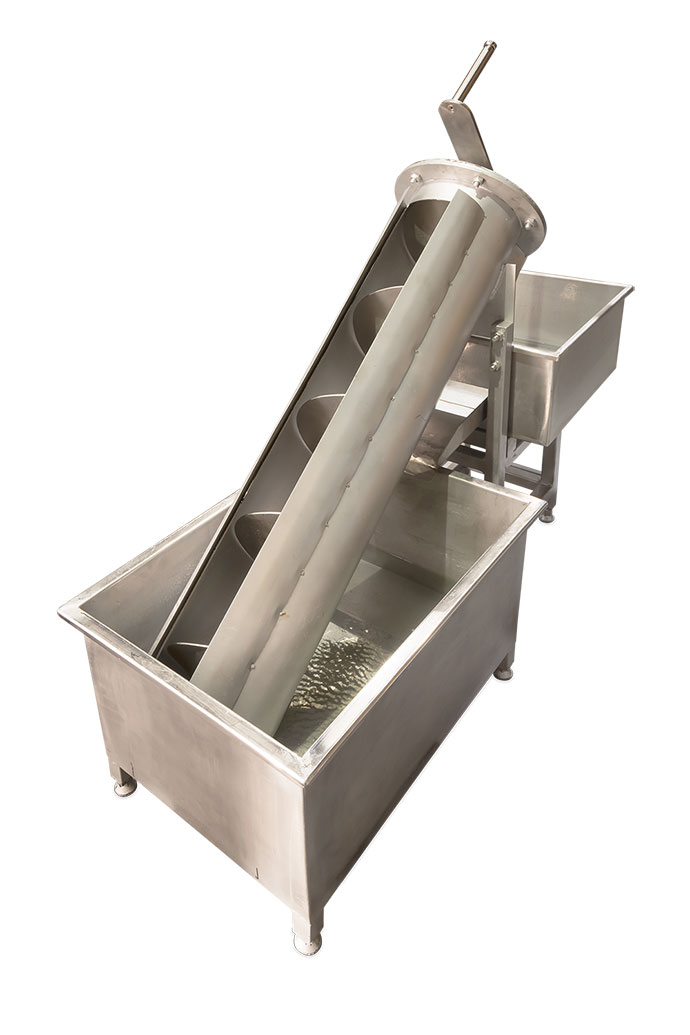
Archimedes was the most famous Greek engineer. According to the famous legend, he discovers the buoyancy principle of the water when he was in the bath, and ran out of the baths, screaming “Eureka!” Coming up with a system to carry a heavy weight with a small power, he built a water raiser machine that was called as Archimedes Screw, and also he developed methods to make smooth spherical objects.
Ktesibios Water Clock Dial
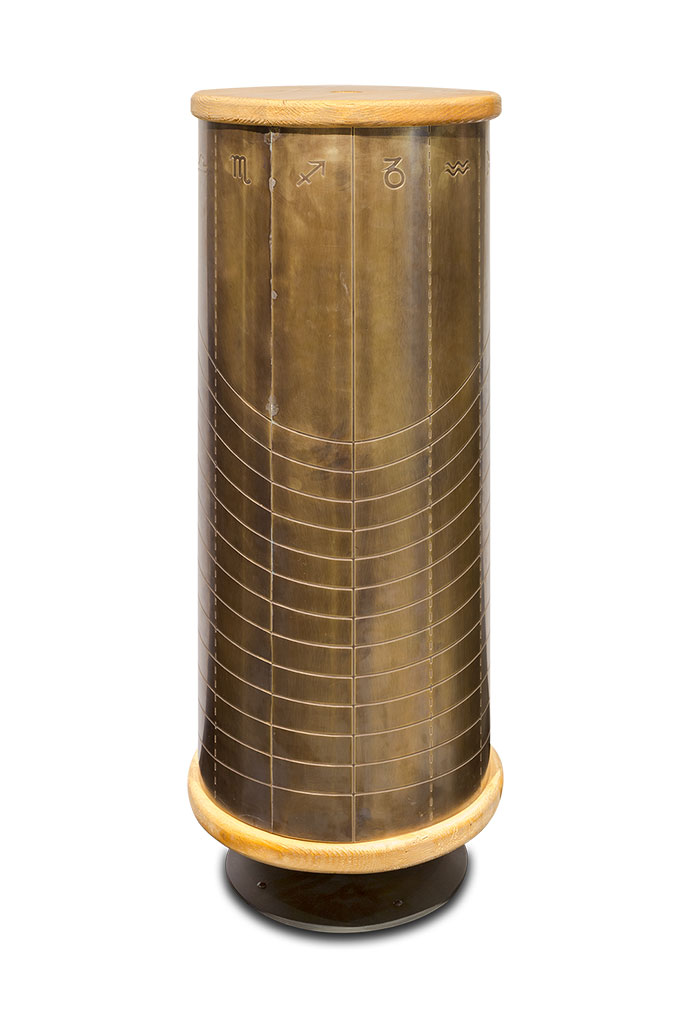
The water clock of Ktesibios’ that reached our time only with its drawings measured the time with the filling cup technique. In this system, water flows into a cup at a fixed rate, and a rising float measures the time. When the clock is reset at the sunrise, the vertical needle is at the bottom line of the dial, and reaches the upmost line approximately in 14.5 hours. Pointer follows the equal time system, but the dial has lines that show the position of the sun. When the cylinder is at the angle to show the right Zodiac day during the year, the pointer can show the position of sun. Therefore, along the dial, we see the lines enlarge when the days are longer, and narrow when shorter, following a sinusoidal pattern along the year. From this aspect, this water clock has similar characteristics with a sundial.
Jazari used fixed water flow technique in his Peacock Water Clock, and dial adaptation technique in his Cup Water Clock. However, the contribution that made him a greater engineer was the mechanics in his Monument Water Clock, which he used a system that follows the sundial with a system that adjusts the pointer speed, instead of dial adaptation.
Al-Biruni’s Lunar Calendar
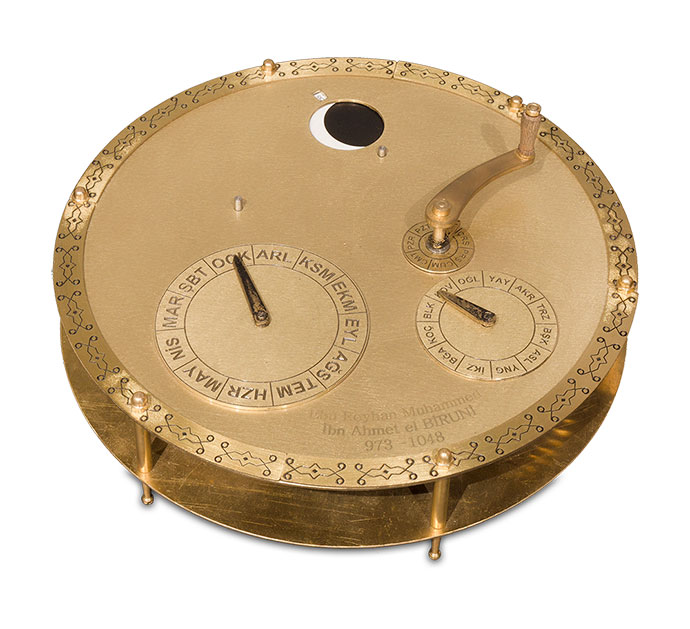
This calendar, called as “Moon Box” by al-Biruni, is a calendar that was based on eight gear system. These gears transfer the power with ratio of 7:10:19:24:40:48:59:59. On the Moon Box, there are a section that shows the phases of the Moon based on the lunar calendar, a small box that shows the number of the day, and two separate rotational mechanisms that follow the seasons (horoscope signs) and the months. It also shows the positions of the Sun and Moon in comparison to each other.
What is Ilm-ī Hiyal?
Ilm-ī Hiyal : Science of Trickery
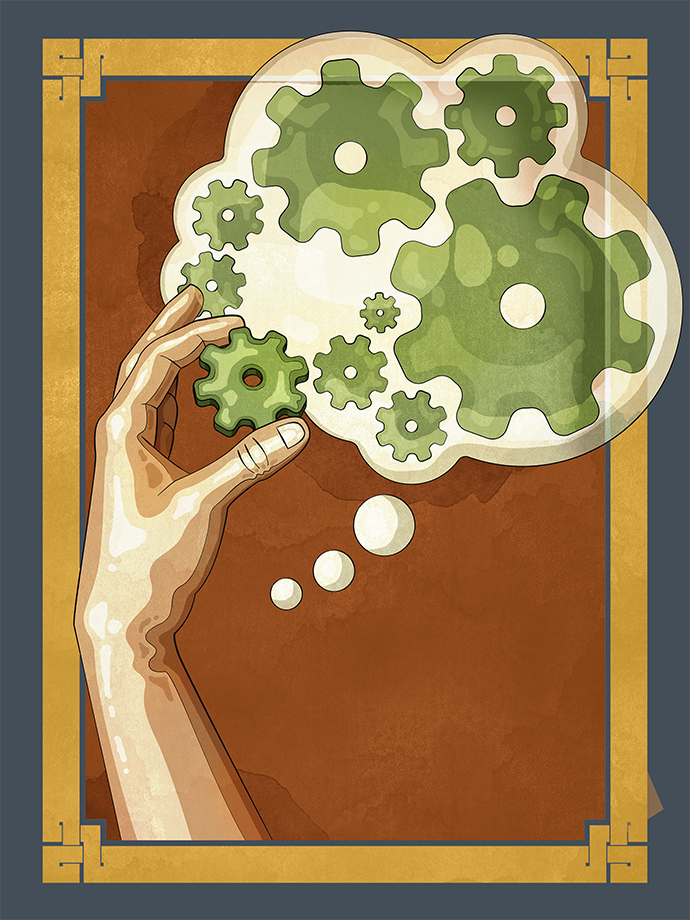
In ancient times, engineers’ area of expertise was called as ilm-ī hiyal, which means the knowledge of tricks, because what they did was to create a mechanism to show some truth. The Greek called it as tekhne. However, the essential part was the scientific theoretical knowledge, and thanks to this art that we call as mechanics today, engineers were able to create stages where the theoretical knowledge showed itself as reality. The abstract schematics in mind were combined with objects to create these stages.
“Ilm-ī Hiyal is the knowledge of showing how the words, mentions, and proofs come in consistency with the things that were claimed for their existence, because all these disciplines look at the things, lines, surfaces, and volumes only from the logical and proven point of view. When these claims are to be presented and proven, there is the need for a force that place all these elements together in a harmony, proving the consistency of the claim or principle, which also means the need for a treatment that provides the tangibility of the idea. Ilm-ī Hiyal is the knowledge of how to present all these claims and principles with the tangible movement of the objects.”
Al-Farabi, Citing of Disciplines
